How to Shift a Semi Truck
Part 1 of 3:
Understanding the Gear Shifter
-
 Understand how the gear shift differs from a normal vehicle's shifter. If you're familiar with a manual transmission, the basic principles of the Eaton-Fuller Transmission shifter–the style used in many commercial trucks today–is similar, but more complex. Basically, it's oriented like a five-speed, but with a total of four different ratios at each position, which you toggle by a combination of switches and positions. This results in a total combination of 18 different speeds.[1]
Understand how the gear shift differs from a normal vehicle's shifter. If you're familiar with a manual transmission, the basic principles of the Eaton-Fuller Transmission shifter–the style used in many commercial trucks today–is similar, but more complex. Basically, it's oriented like a five-speed, but with a total of four different ratios at each position, which you toggle by a combination of switches and positions. This results in a total combination of 18 different speeds.[1]- The shift knob has two switches controlling air-actuated gears. One is the range switch, which needs to be set on "Low" for gears Lo-4, and the other is the high/low splitter, which is used to toggle between the low and high setting at each gear. Your index finger operates the range switch, which allows you to flip between high and low at each gear position with your thumb.
-
 Learn the gear shift pattern. Most gear shifts have a diagram displaying the shifting pattern, which will help to clue you into the organization of the gears.[2] The low gears are usually differentiated from the high gears by color, and reverse is indicated by an "R."
Learn the gear shift pattern. Most gear shifts have a diagram displaying the shifting pattern, which will help to clue you into the organization of the gears.[2] The low gears are usually differentiated from the high gears by color, and reverse is indicated by an "R."- Gears 1-4 should all be straightforward, but then to shift into fifth gear, you shift back to the first position, and the pattern repeats. First gear is in the same position as fifth, second in the same as sixth, and so on.
- Remember, at each position, you also have a total of four different speeds, though only two will be accessible, depending on where you shift from. In first gear, you've got 1L and 1H, as well as 5L and 5H.
-
 Practice the gear pattern of the semi while the truck is stopped. This allows you to become familiar with the gear pattern so you can shift up and down without looking. This will help you keep your eyes safely on the road while driving.
Practice the gear pattern of the semi while the truck is stopped. This allows you to become familiar with the gear pattern so you can shift up and down without looking. This will help you keep your eyes safely on the road while driving.- Grip the gear shift so that your index finger is available to work the range switch, and the middle and thumb can work the high/low splitter.
- If you don't have experience operating the clutch and driving a manual transmission vehicle, shifting a semi truck is going to have a much larger learning curve. Operating the gear shifter by itself is challenging enough, so you need to be very comfortable operating the clutch on a regular vehicle before you attempt to drive a semi. Practice on a regular car.
Part 2 of 3:
Getting into Gear
-
 Start the truck. Hold the clutch pedal to the floor, as you would to start a normal manual transmission vehicle. This stops the transmission gears from turning, which allows the shifter to slide into gear. Select 'LoL' by moving the shifter into the Lo-gear position, usually left and back.[3]
Start the truck. Hold the clutch pedal to the floor, as you would to start a normal manual transmission vehicle. This stops the transmission gears from turning, which allows the shifter to slide into gear. Select 'LoL' by moving the shifter into the Lo-gear position, usually left and back.[3]- Check to make sure the range switch is in the low position (down), and the splitter is also on "L" and you'll be ready to start the vehicle.
-
 Push down the accelerator and slowly release the clutch. As you might guess when the vehicle's got 18 different speeds, getting the truck into Lo gear on Low setting will get you going about one mile per hour, if that. Once you've slid into it, release the clutch and you'll probably be ready to shift into Lo-H.
Push down the accelerator and slowly release the clutch. As you might guess when the vehicle's got 18 different speeds, getting the truck into Lo gear on Low setting will get you going about one mile per hour, if that. Once you've slid into it, release the clutch and you'll probably be ready to shift into Lo-H.- To shift into Lo-H, you'll change the splitter to High gear to shift into high. You need to depress the clutch slightly, but not all the way to floor, then let it out to shift into Lo-H.
-
 Double-clutch to shift into first gear, low setting. Depress the clutch again slightly (not to the floor) when the RPMs reach first-gear range, and switch the splitter back to "L," then pull the gear shift into the neutral position and release the clutch. Depress the clutch again, all the way, and push the gear shift into first, as you release the clutch.
Double-clutch to shift into first gear, low setting. Depress the clutch again slightly (not to the floor) when the RPMs reach first-gear range, and switch the splitter back to "L," then pull the gear shift into the neutral position and release the clutch. Depress the clutch again, all the way, and push the gear shift into first, as you release the clutch.- This is called double-clutching, and it's necessary because you can't split between low and high on the splitter while you're in neutral, meaning that you have to toggle from "H" back to "L," then shift into neutral, then operate the clutch again to get it into first. It's a lot of work.[4]
-
 Continue this pattern through the first half of the gears. After you shift into 1-L you can flip the high/low switch up into the high position, continuing to accelerate and continuing this basic pattern through the upper gears.
Continue this pattern through the first half of the gears. After you shift into 1-L you can flip the high/low switch up into the high position, continuing to accelerate and continuing this basic pattern through the upper gears.- Repeat the previous steps through 1-H, 2-L, 2-H, 3-L, 3-H, 4-L, and 4-H. To make the half steps, continue pushing the splitter button, releasing the accelerator, pushing in, and releasing the clutch.
-
 Switch over to fifth gear when you're ready. With the splitter switch in 'L," flip up the range selector to 5-H, which will allow you to avoid grinding gears when you switch back into the first position. This is absolutely essential. Switch the range, then double-clutch-shift back to where 1 was before, and it will be fifth gear.[5]
Switch over to fifth gear when you're ready. With the splitter switch in 'L," flip up the range selector to 5-H, which will allow you to avoid grinding gears when you switch back into the first position. This is absolutely essential. Switch the range, then double-clutch-shift back to where 1 was before, and it will be fifth gear.[5] -
 Continue shifting through the higher gears. The basic principles now repeats itself. Continue shifting and toggling between "L" and "H," shifting up through 5-H, 6-L, 6-H, 7-L, 7-H, 8-L, and, finally, 8-H.
Continue shifting through the higher gears. The basic principles now repeats itself. Continue shifting and toggling between "L" and "H," shifting up through 5-H, 6-L, 6-H, 7-L, 7-H, 8-L, and, finally, 8-H.
Part 3 of 3:
Knowing When to Shift
-
 Use the color indicators on the tachometer. Most RPM gauges should be color-coded, with 1500 rpms at about the top (12 o'clock) of the gauge, which is typically colored green. This is the ideal place to shift between gears.
Use the color indicators on the tachometer. Most RPM gauges should be color-coded, with 1500 rpms at about the top (12 o'clock) of the gauge, which is typically colored green. This is the ideal place to shift between gears.- 1700-2100 is typically beyond the point where you should be shifting, with the exception of going downhill. This region is typically colored Yellow, with anything above colored red.
- If you're less than 1200 rpm and try to shift, the engine is likely to splutter and possibly stall.[6]
-
 Get used to the general shifting conditions. After a while, you'll be able to familiarize yourself with the general positions that you need to shift, but in instruction school, you learn a few basic rules of thumb.
Get used to the general shifting conditions. After a while, you'll be able to familiarize yourself with the general positions that you need to shift, but in instruction school, you learn a few basic rules of thumb.- Be in top gear at 50 mph (80.5 km/h) or greater. Generally speaking, if you're traveling at highway speeds or greater, you should be at top gear always.
- Be in fifth or sixth gear for sharp turns in city conditions. To avoid stalling, it's good to be switched over into the upper gears.
- Other general speed guidelines will vary from transmission to transmission, for different trucks. You'll need to ask your instructor or other experienced drivers for tips.
-
 Downshift whenever you're slowing down. To downshift, you need to slow down to the rolling speed by hitting the brake, then select the gear for that range. Typically, you need to rev up to 1400-1600rpm, then slip the transmission into the proper gear for that speed range.[7]
Downshift whenever you're slowing down. To downshift, you need to slow down to the rolling speed by hitting the brake, then select the gear for that range. Typically, you need to rev up to 1400-1600rpm, then slip the transmission into the proper gear for that speed range.[7]
4 ★ | 1 Vote
You should read it
- How to Ride a Manual Motorcycle
- How to Determine Gear Ratio
- How to Drive a Semi Automatic Car
- How to Drive a Stick Shift Truck
- No one expected the wheel to be made so complicated
- Instructions for installing and using Samsung Pay on Gear S3
- Samsung does not want to guarantee the smartwatch Gear Live
- How to Ride a Motorcycle (Beginners)
May be interested
- How to use the new Night Shift feature on macOS Sierra 10.12.4
 macos 10.12.4 is a new version of the upgraded operating system on macs with some new features, including the night shift feature.
macos 10.12.4 is a new version of the upgraded operating system on macs with some new features, including the night shift feature. - Fix Windows + Shift + S shortcut not working on Windows 10
 the shortcut win + shift + s in windows 10, allows users to capture part or full screen and copy it to the clipboard.
the shortcut win + shift + s in windows 10, allows users to capture part or full screen and copy it to the clipboard. - Move the old 1700-ton church with a 256-wheeler truck 5km away
 in order to protect the er-rizk church, a 609-year-old building, to avoid flooding, the engineers decided to place the 1,700-tonne project on a truck to move to a new place away from the old one. nearly 5 km.
in order to protect the er-rizk church, a 609-year-old building, to avoid flooding, the engineers decided to place the 1,700-tonne project on a truck to move to a new place away from the old one. nearly 5 km. - Instructions to fix the error of pressing shift 2 but not getting @ in a flash
 are you having trouble pressing shift 2 and not getting @? tipsmake has revealed the secret to help you fix this problem in a jiffy.
are you having trouble pressing shift 2 and not getting @? tipsmake has revealed the secret to help you fix this problem in a jiffy. - Where to see live the Champions League semi-final draw today?
 the 2018 champions league semi-final draw will take place tonight on april 13 at 18:00 (vietnam time) at the uefa headquarters in nyon (switzerland). so where can we watch the champions league semi-finals live?
the 2018 champions league semi-final draw will take place tonight on april 13 at 18:00 (vietnam time) at the uefa headquarters in nyon (switzerland). so where can we watch the champions league semi-finals live? - How to create semi-transparent images in GIMP
 gimp can create semi-transparent images very effectively, especially when users want to create business logos. gimp is not difficult to use and this semi-transparent image creation process takes only a few minutes to perform.
gimp can create semi-transparent images very effectively, especially when users want to create business logos. gimp is not difficult to use and this semi-transparent image creation process takes only a few minutes to perform. - How to Rent a Truck
 rental trucks provide an easy and affordable way to transport lots of small objects at once and haul large items that you otherwise wouldn't be able to budge. though the rental process may seem confusing at first, it is actually fairly...
rental trucks provide an easy and affordable way to transport lots of small objects at once and haul large items that you otherwise wouldn't be able to budge. though the rental process may seem confusing at first, it is actually fairly... - Surf the web more easily with the Shift key
 each browser has dozens of separate shortcuts to help you surf the web faster and more efficiently, in the article content below, tipsmake.com will send you the utilities brought from the shift key when surfing the web.
each browser has dozens of separate shortcuts to help you surf the web faster and more efficiently, in the article content below, tipsmake.com will send you the utilities brought from the shift key when surfing the web. - How to Drive a Semi Automatic Car
 semi-automatic cars are a great way for both new and experienced drivers to learn about shifting gears. unlike manual transmission cars, semi-automatics lack a clutch pedal, making them easier to use. to drive, all you need to do is pull...
semi-automatic cars are a great way for both new and experienced drivers to learn about shifting gears. unlike manual transmission cars, semi-automatics lack a clutch pedal, making them easier to use. to drive, all you need to do is pull... - Can the iPhone's Night Shift mode be damaging to user health?
 will night shift and similar features really work as advertised?
will night shift and similar features really work as advertised?


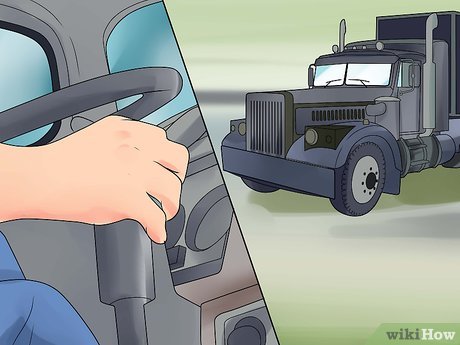
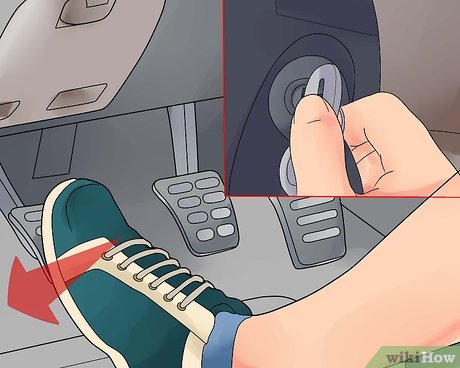
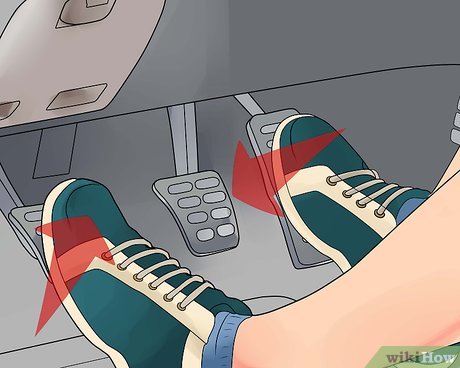
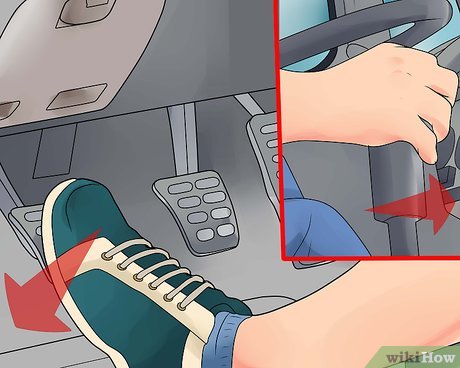
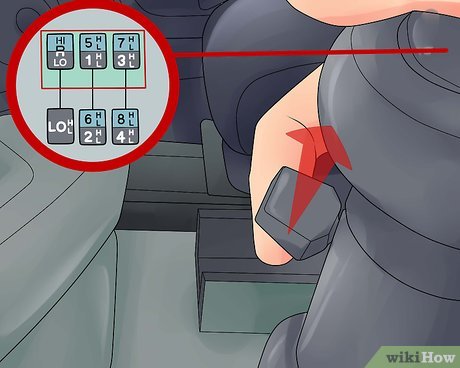
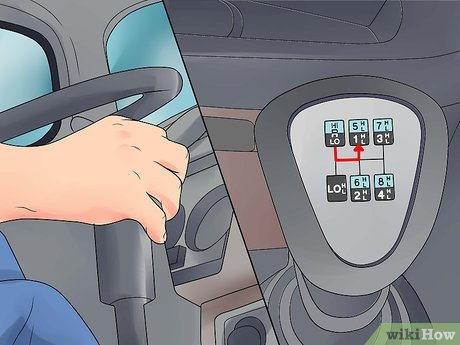
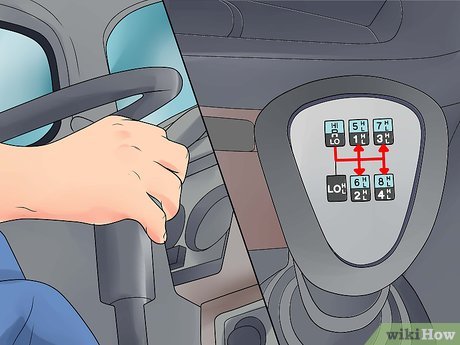
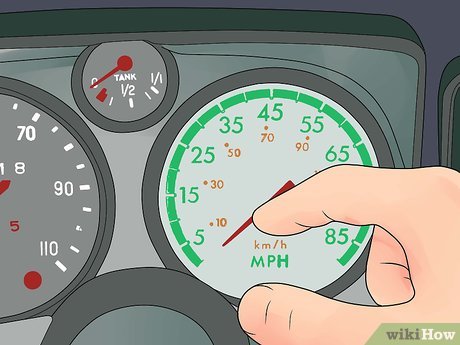

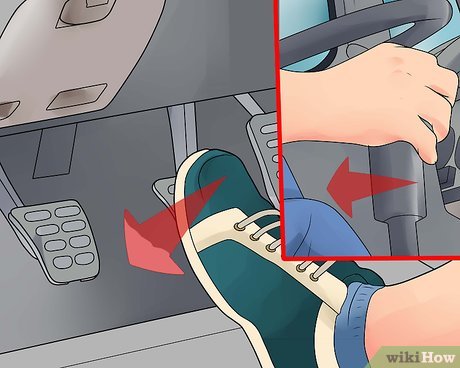










 How to Survive a Plane Crash
How to Survive a Plane Crash How to Open a Car Dealership
How to Open a Car Dealership How to Loosen Lug Nuts
How to Loosen Lug Nuts How to Build an Airplane
How to Build an Airplane How to Make Your Powerwheels Faster
How to Make Your Powerwheels Faster How to Dispute an E‐ZPass Violation in New Jersey
How to Dispute an E‐ZPass Violation in New Jersey